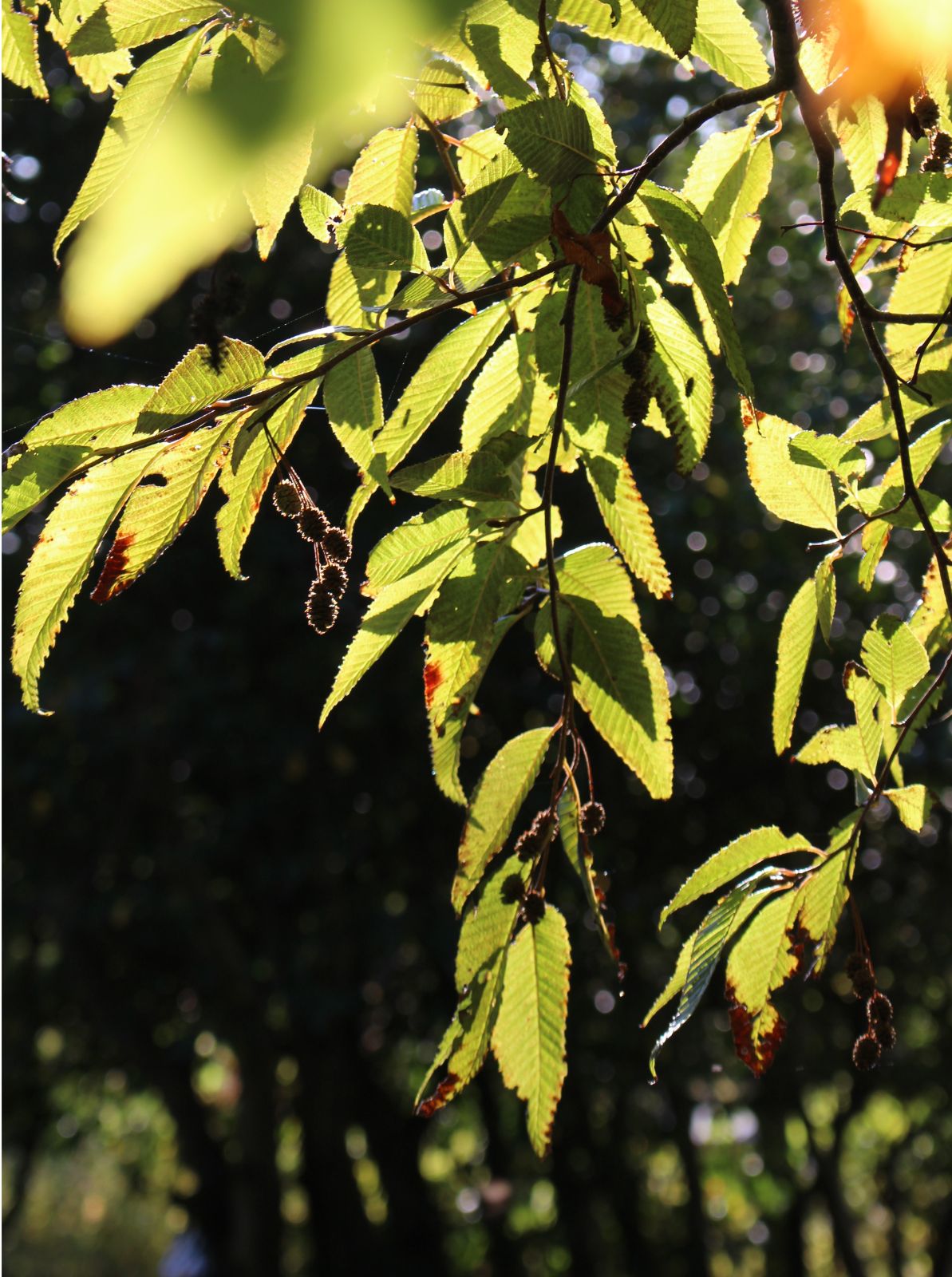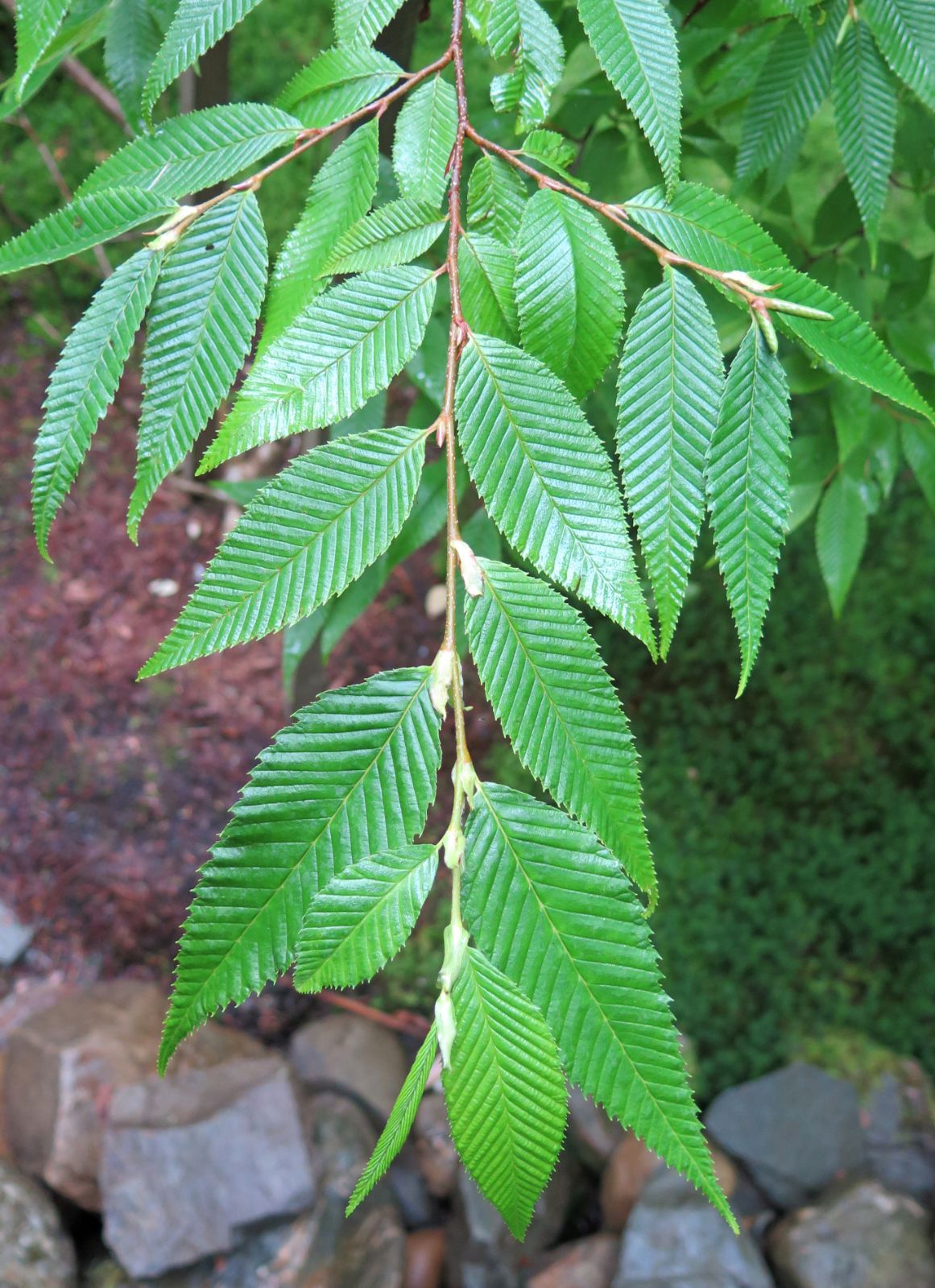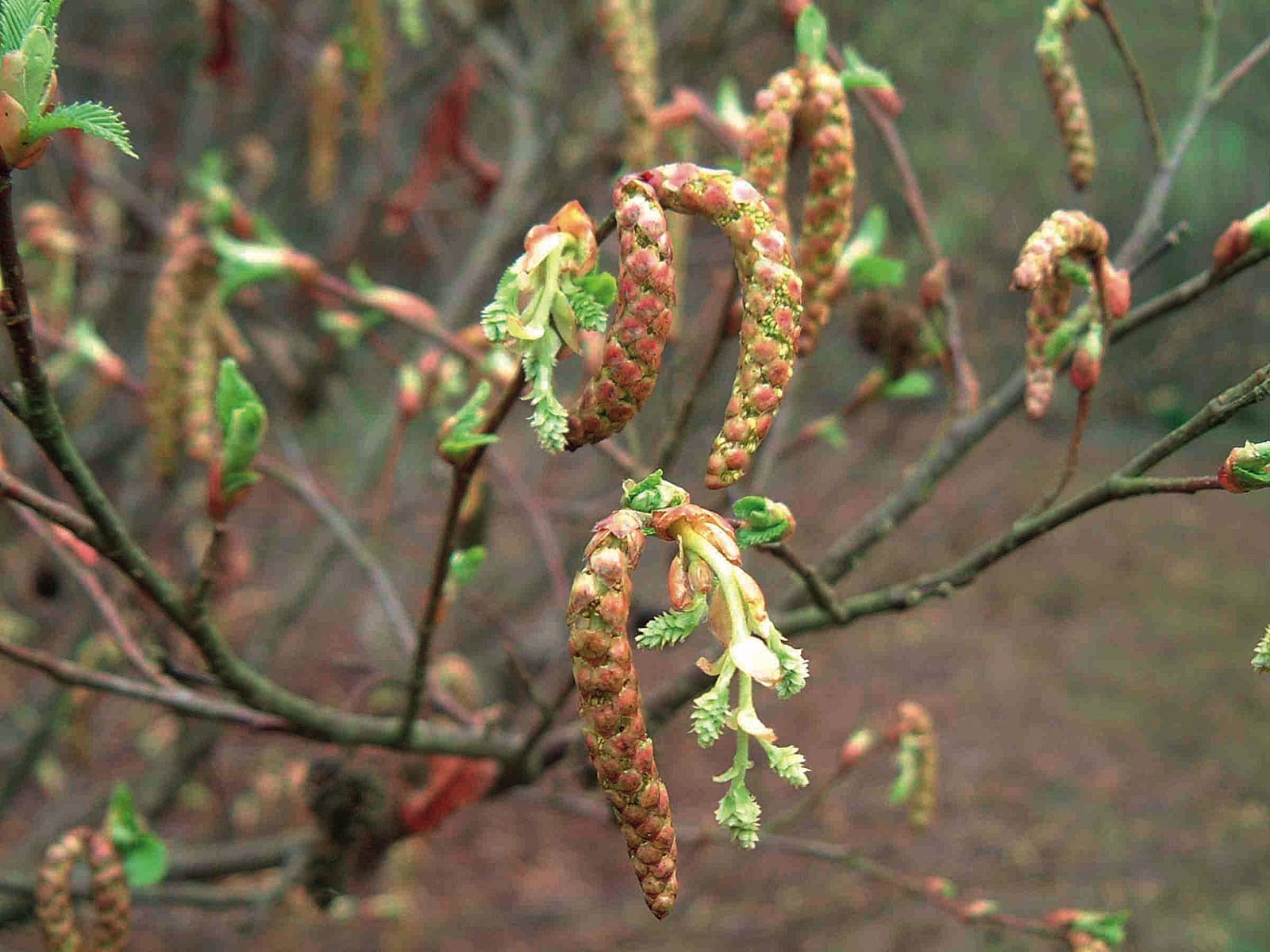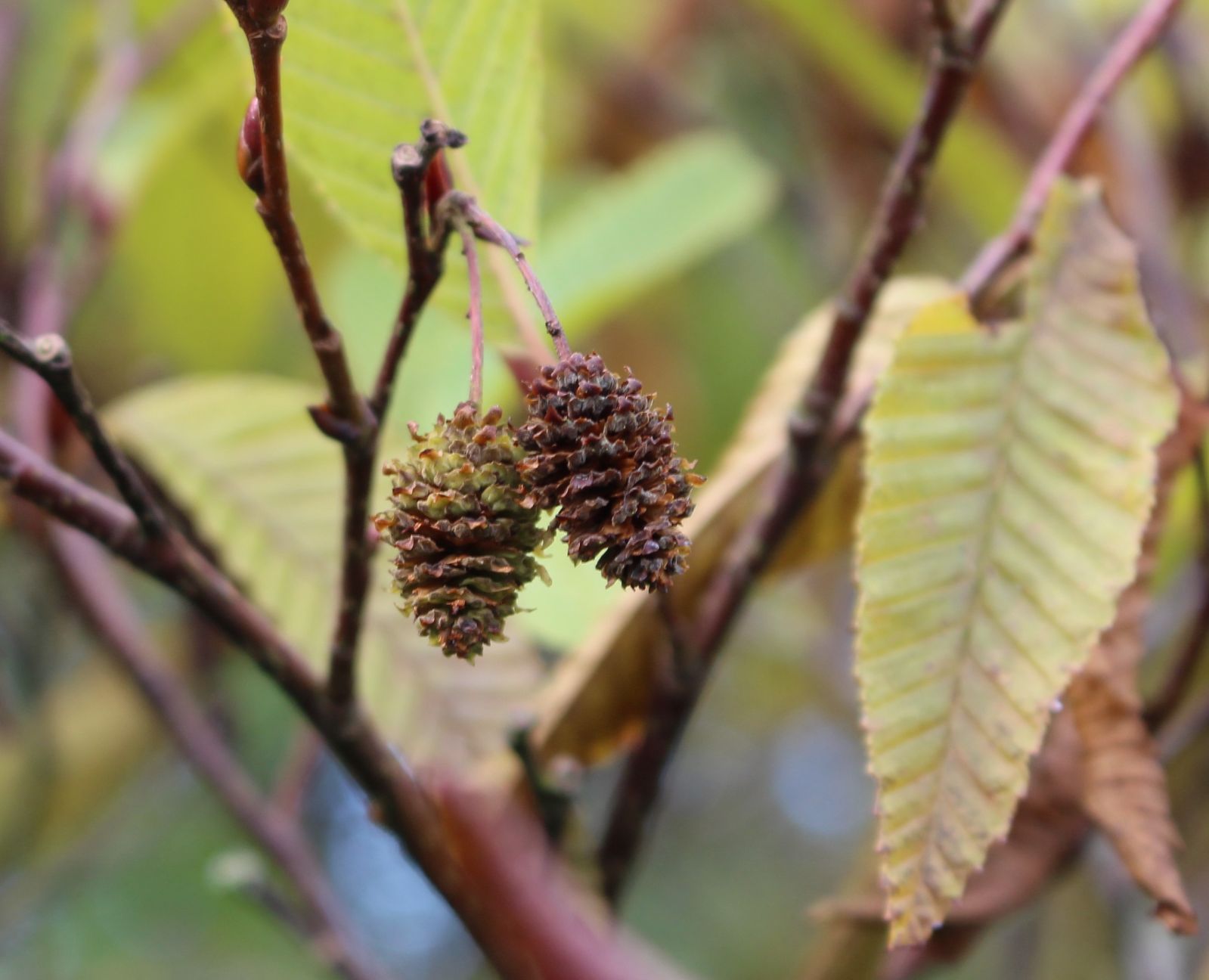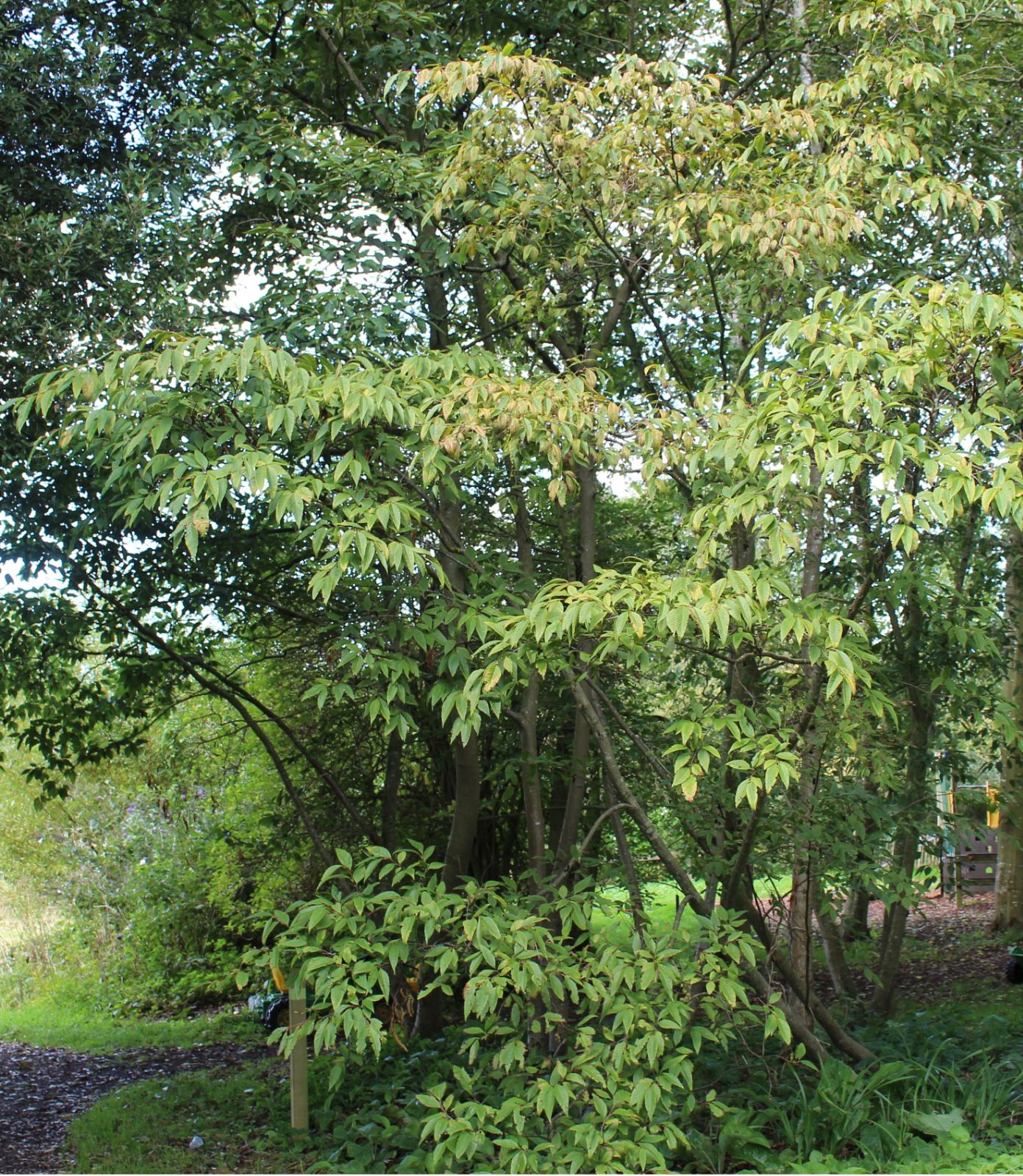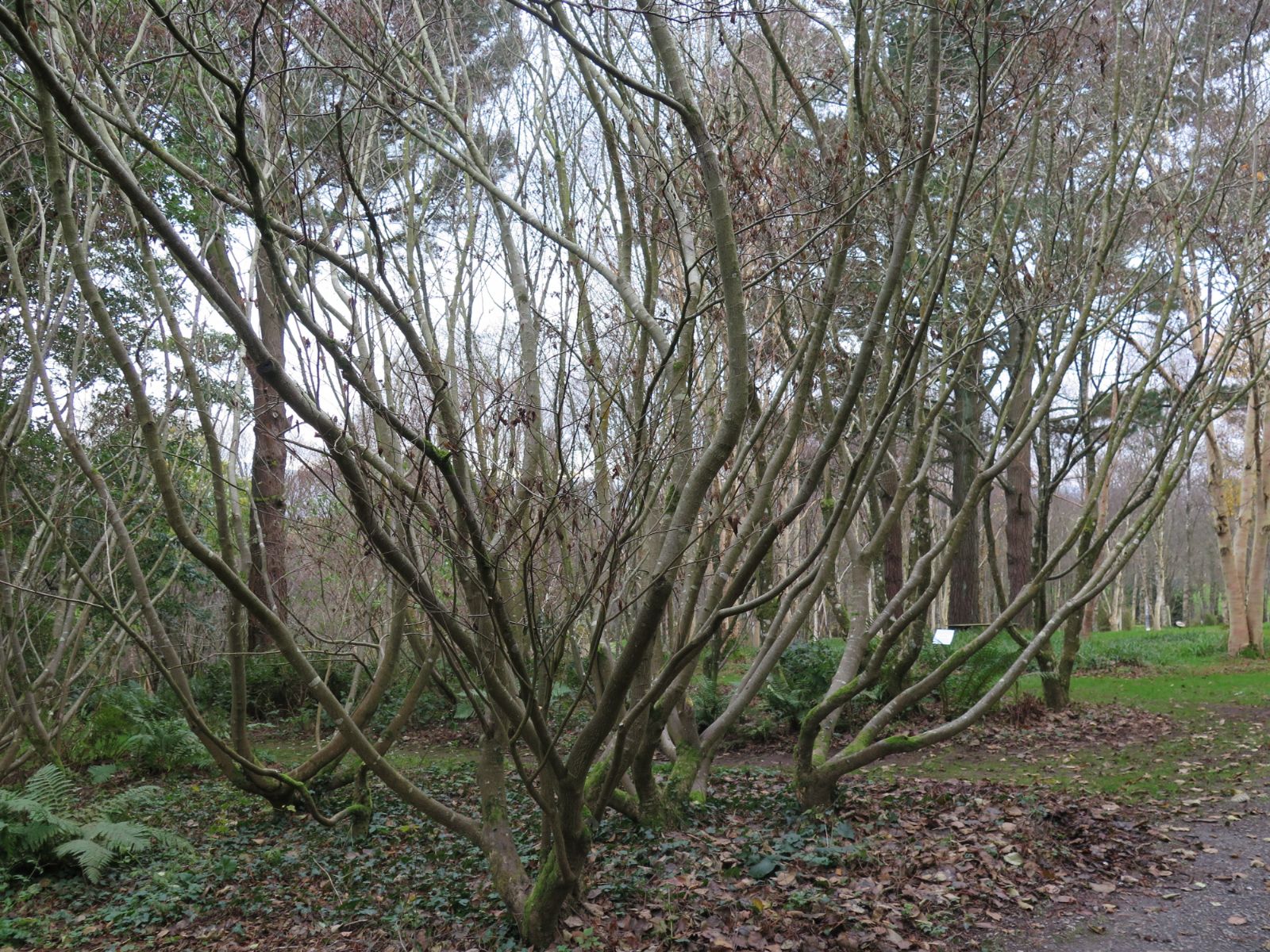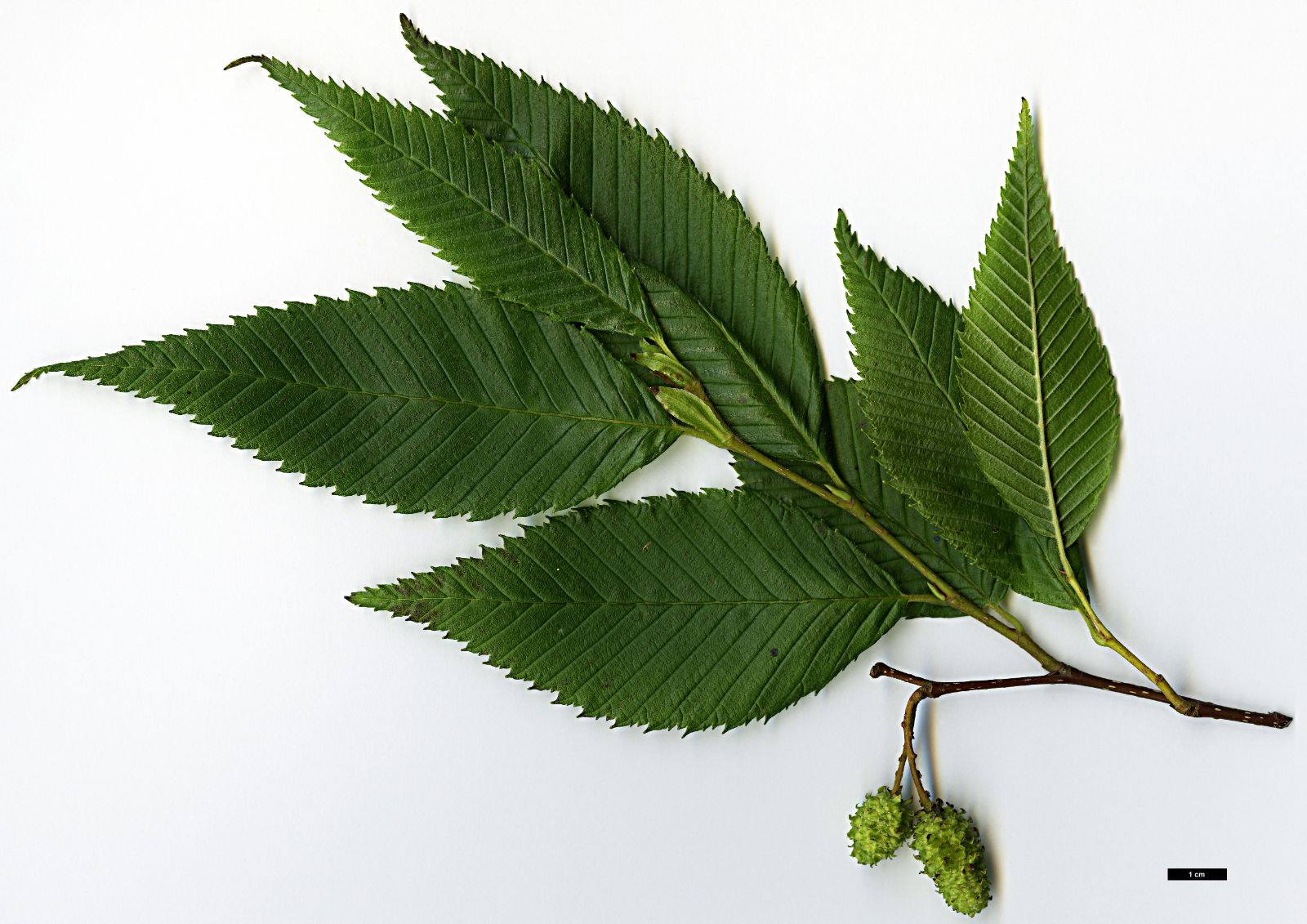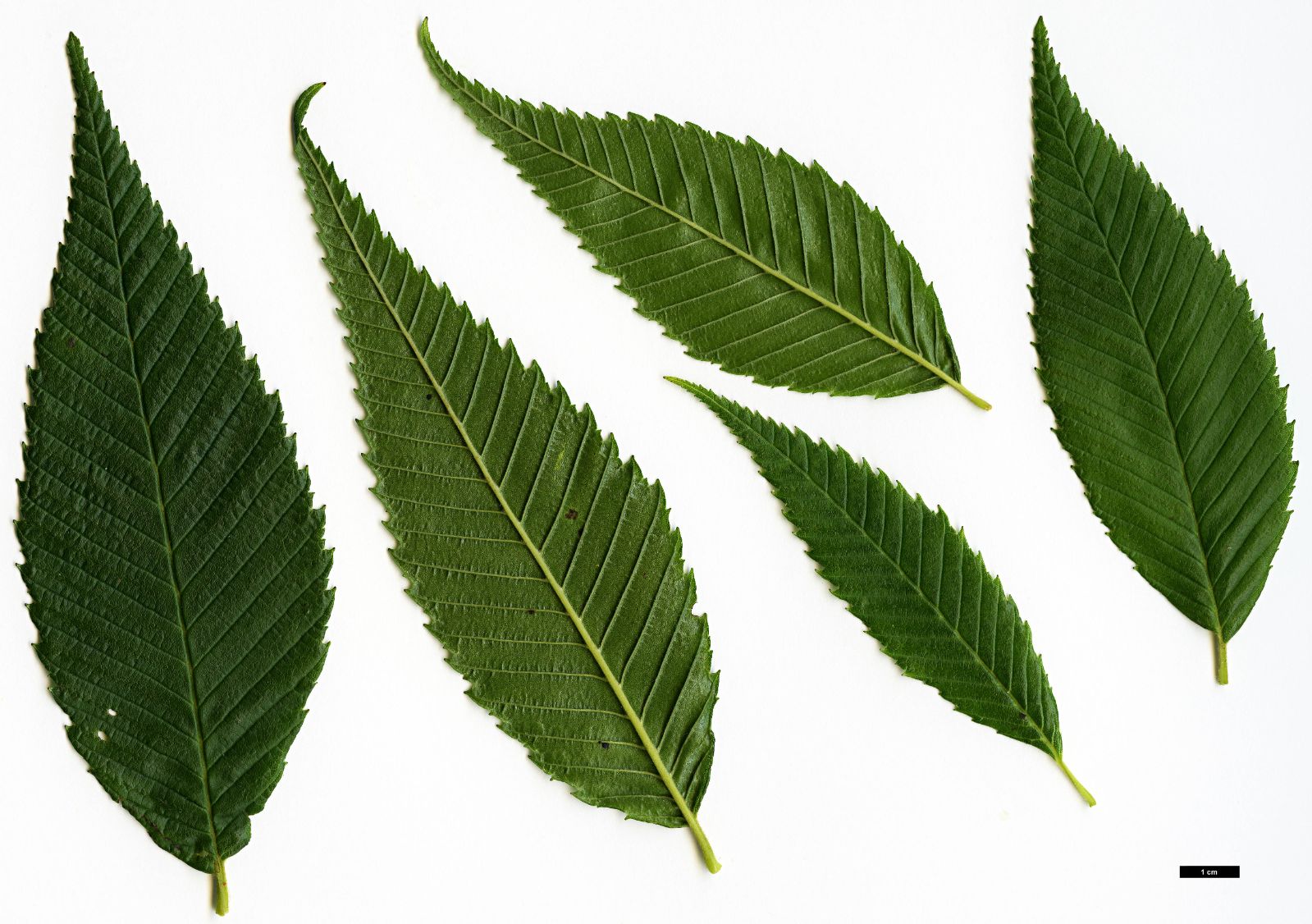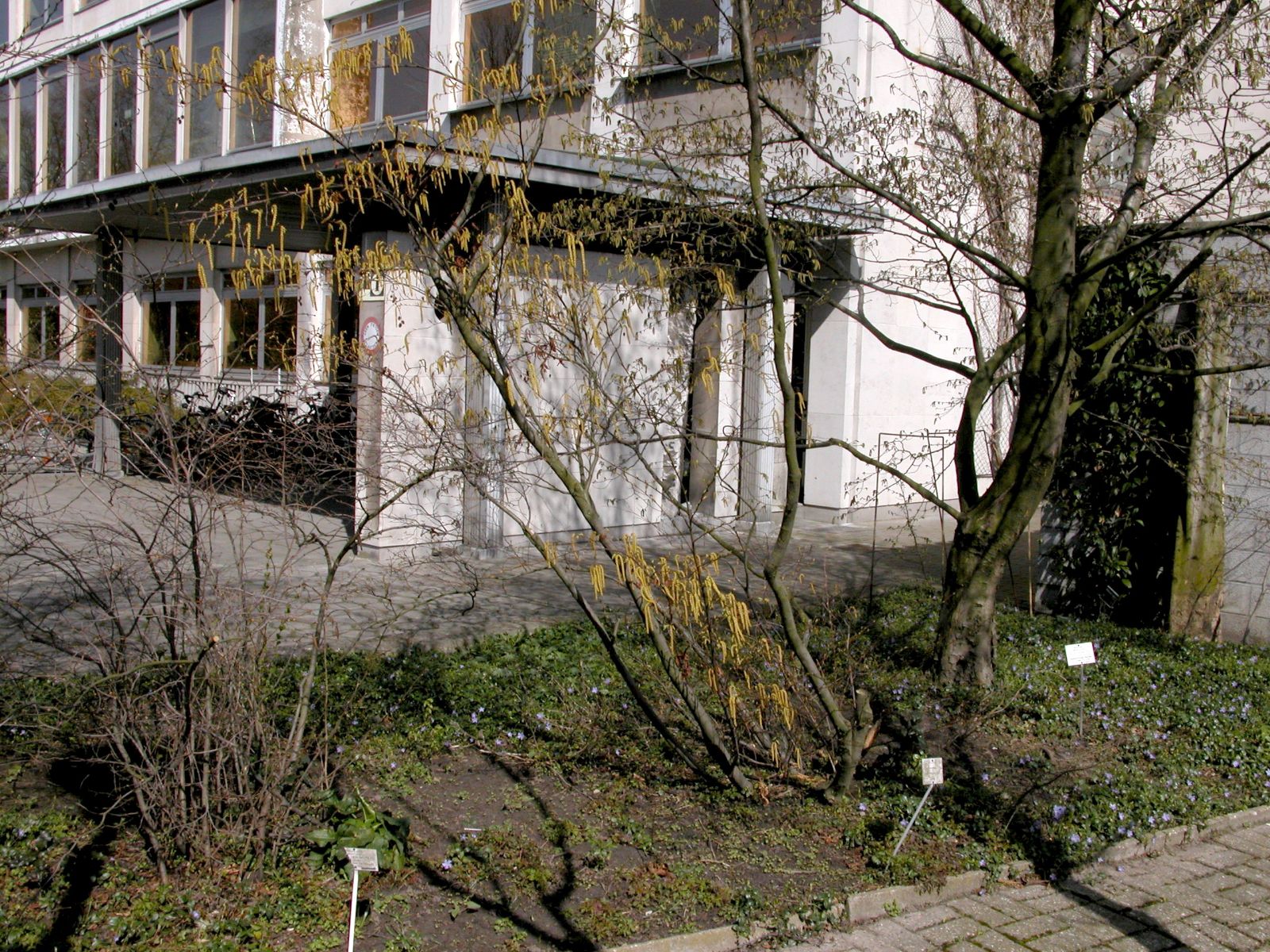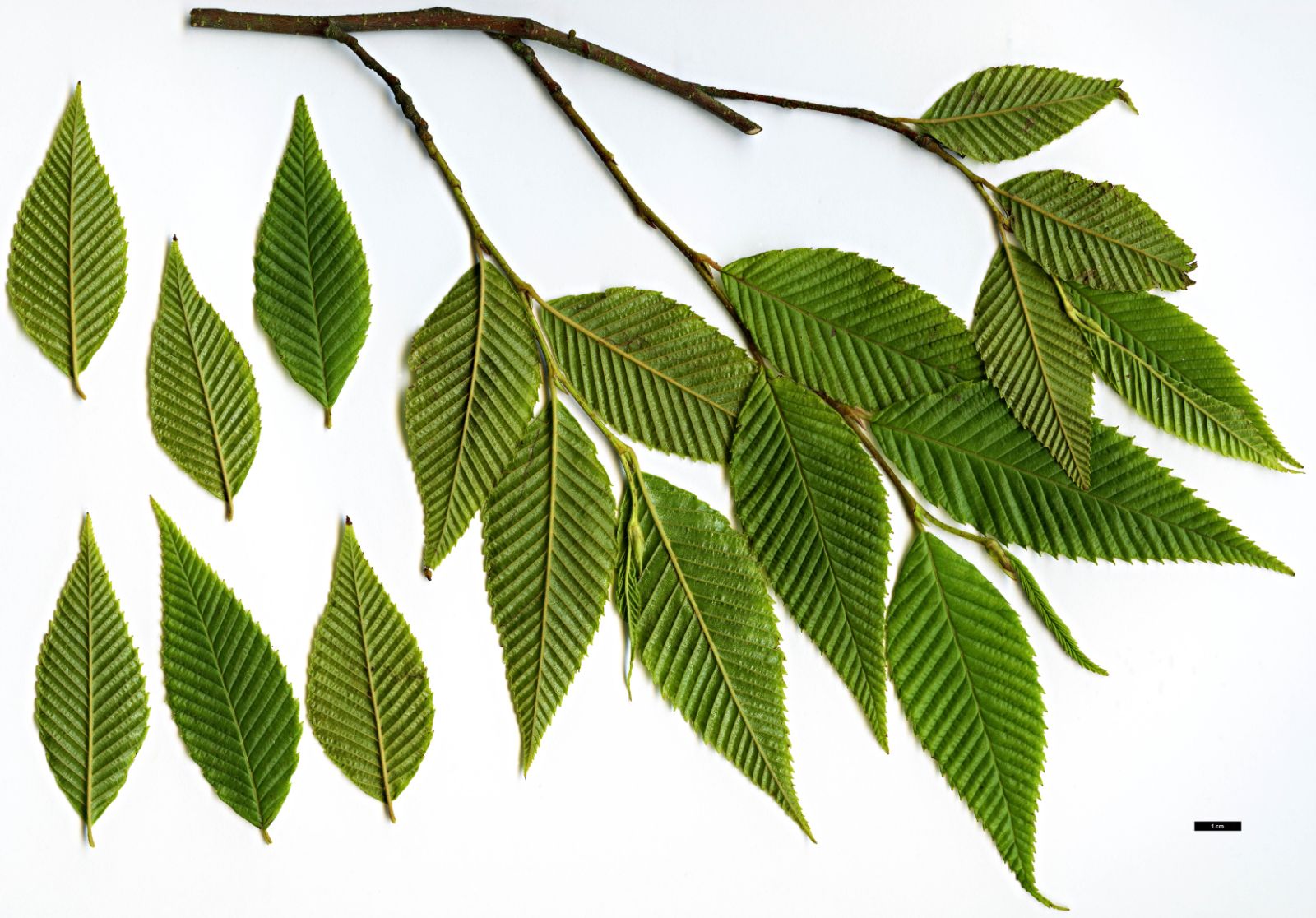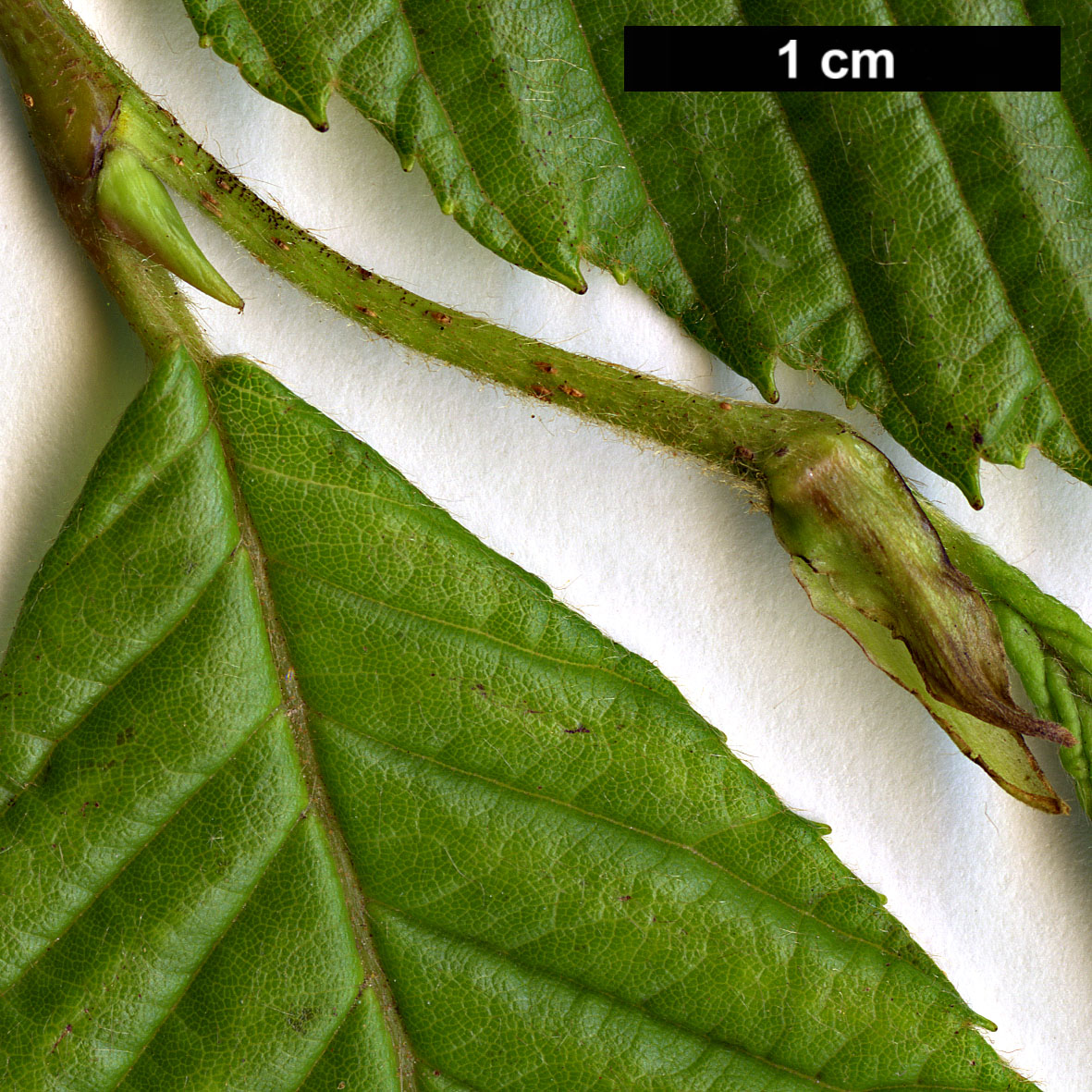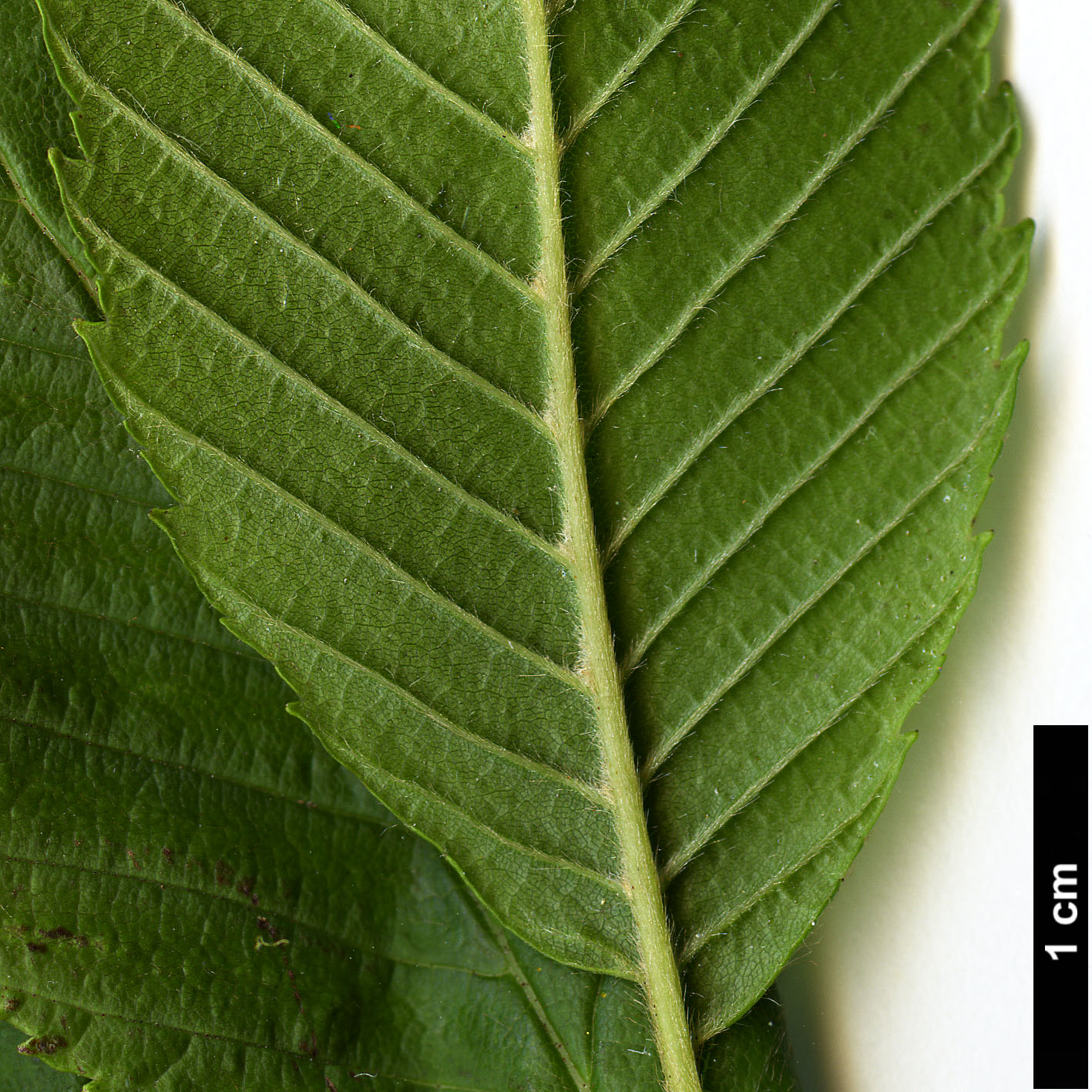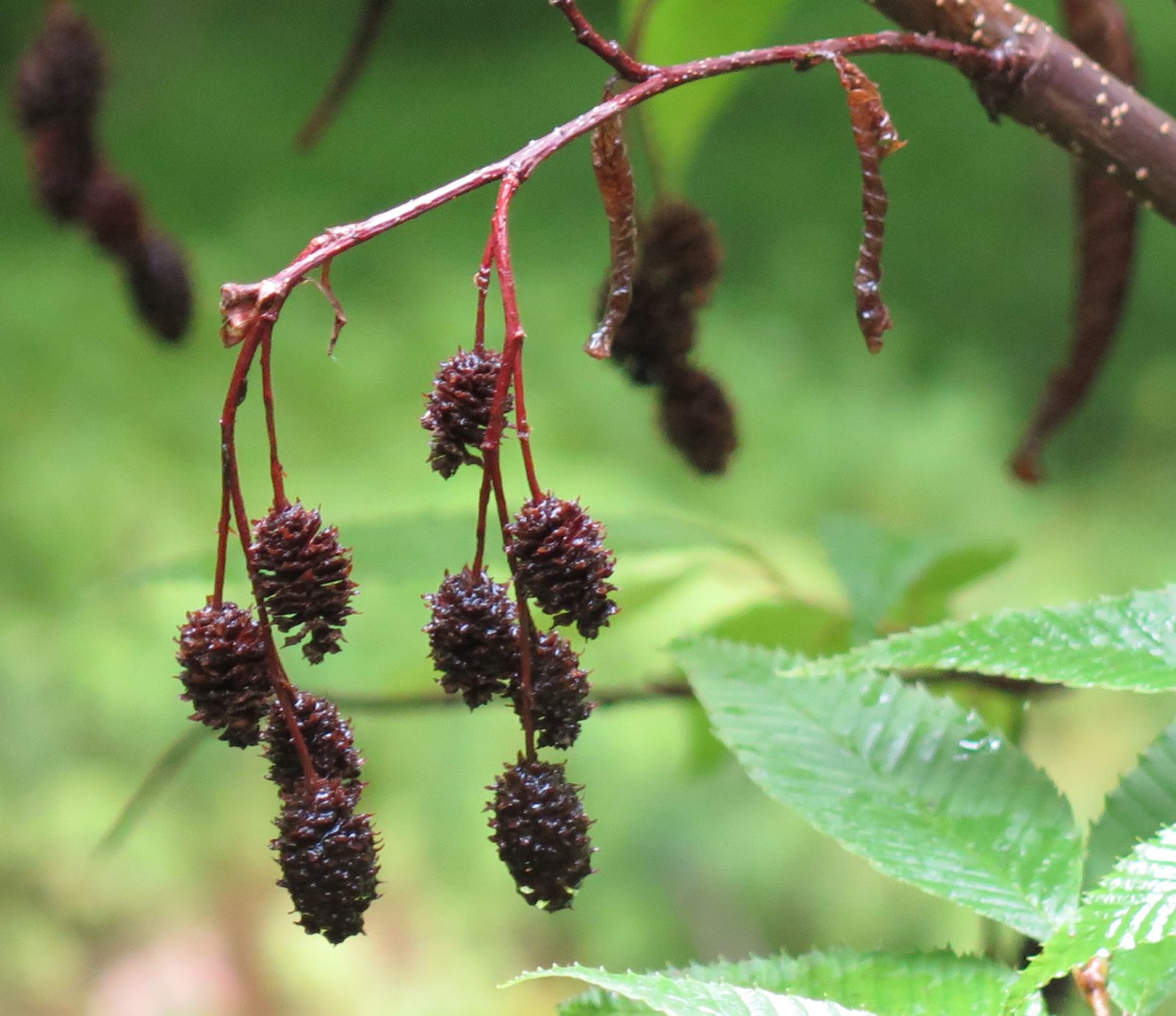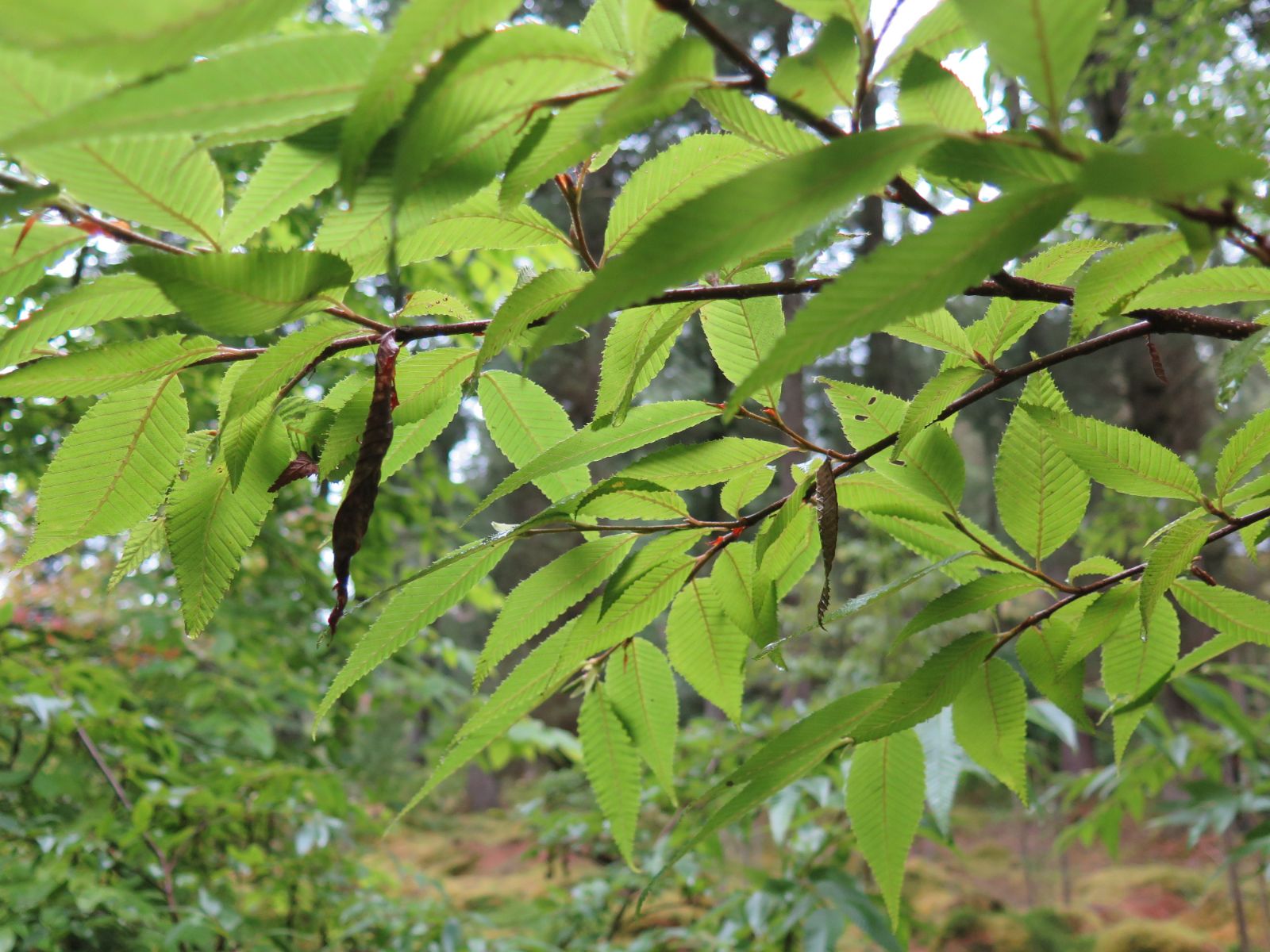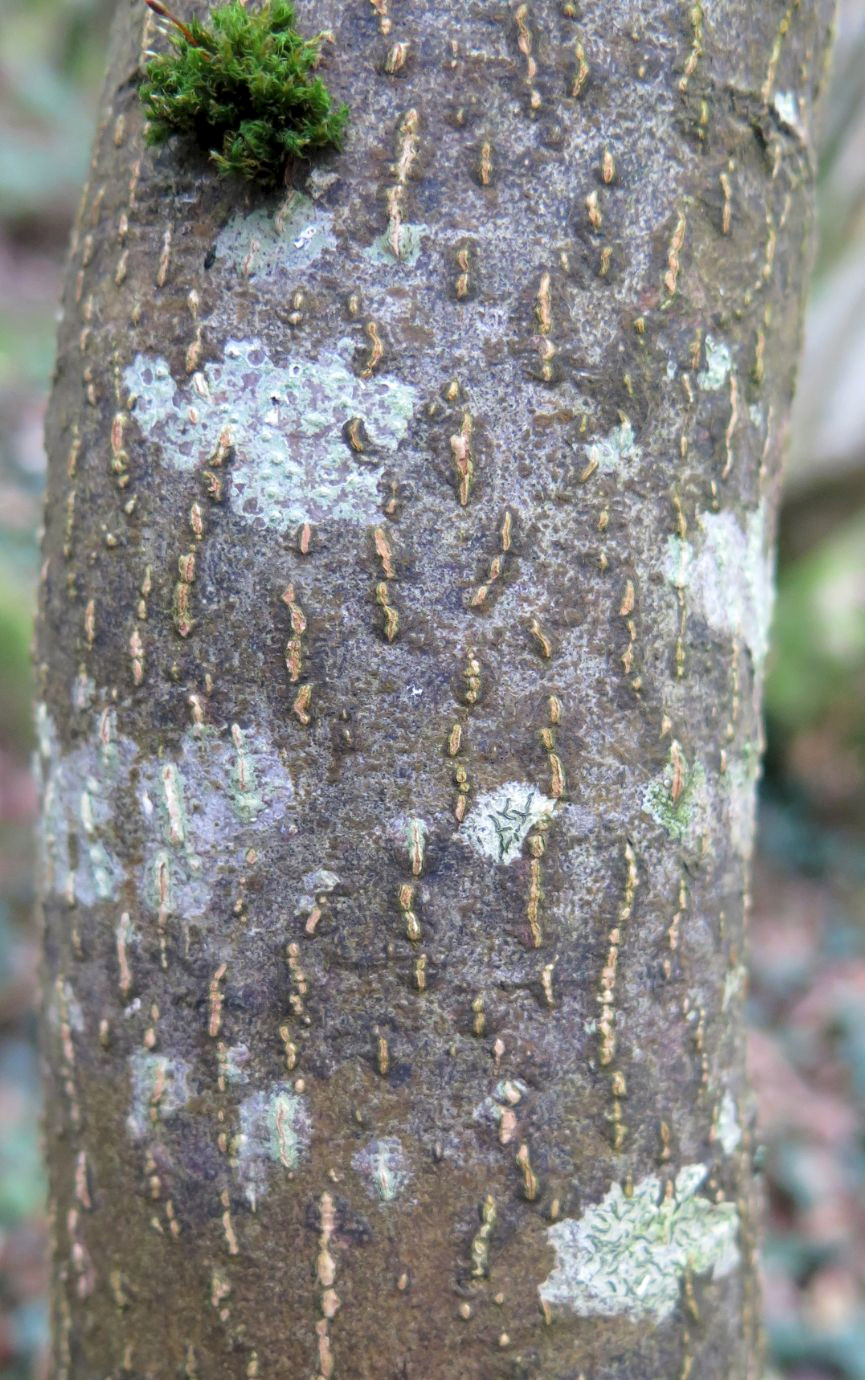Alnus pendula
Sponsor
Kindly sponsored by
a member of the International Dendrology Society
Credits
Tim Baxter & Hugh A. McAllister (2024)
Recommended citation
Baxter, T. & McAllister, H.A. (2024), 'Alnus pendula' from the website Trees and Shrubs Online (treesandshrubsonline.
Genus
- Alnus
- Subgen. Alnobetula, Sect. Bifurcatus.
Common Names
- Hime-yashibushi
Synonyms
- Alnus firma var. multinervis Regel
- Alnaster pendulus (Matsum.) Murai
- Duschekia pendula (Matsum.) Holub
- Alnus multinervis (Regel) Callier
Other taxa in genus
- Alnus acuminata
- Alnus alnobetula
- Alnus betulifolia
- Alnus cordata
- Alnus cremastogyne
- Alnus djavanshirii
- Alnus dolichocarpa
- Alnus × elliptica
- Alnus × fallacina
- Alnus fauriei
- Alnus ferdinandi-coburgii
- Alnus firma
- Alnus formosana
- Alnus glutinosa
- Alnus hirsuta
- Alnus incana
- Alnus inokumae
- Alnus japonica
- Alnus jorullensis
- Alnus lanata
- Alnus lusitanica
- Alnus maritima
- Alnus matsumurae
- Alnus × mayrii
- Alnus nepalensis
- Alnus nitida
- Alnus oblongifolia
- Alnus orientalis
- Alnus rhombifolia
- Alnus rohlenae
- Alnus rubra
- Alnus serrulata
- Alnus serrulatoides
- Alnus sieboldiana
- Alnus 'Sipkes'
- Alnus × spaethii
- Alnus subcordata
- Alnus trabeculosa
Multi-stemmed large shrub or small tree to 8 m. Trunks smooth, grey-brown with prominent small buff lenticels. Branchlets slender, pale greyish to coppery-brown, semi-erect to pendulous, with deciduous pilose hairs. Buds glabrous, conical, with two imbricate bud scales, slightly viscid. Leaves narrowly ovate to broadly lanceolate, 4.5–12 × 2–4.5 cm, apex long-acuminate, base cuneate to subcordate, adaxially glabrous, mid-green, slightly glossy, abaxially pillose along veins, strongly craspedodromous venation with 20–26 pairs of straight strongly indented veins, margins double-serrate, petioles 3–12 mm, pillose. Stipules deciduous, 4–8 × 3–6 mm, ovate, base truncate, glabrous. Staminate inflorescences in dense terminal to lateral clusters of 1–4, semi-erect in bud over winter, 15–40 mm, cylindric, brown, viscid, peduncle minute, at anthesis extending to 50–120 mm, bright yellow-green, pendulous. Pistillate inflorescences below males, in pendulous racemes of 3–6, held on 10–20 mm peduncle, elliptic, 8–12 × 6–8 mm, bright yellow, subtended by broadly ovate leafy bract. Fruit ovoid-elliptic, 12–16 × 8–12 mm, bracts 3 mm wide, with three terminal lobes with protruding erect tips. Seed 1–2 mm, narrowly elliptic with broad papery wing with two forward-pointing wings. Flowering April to May, fruiting September to October (Japan). (Iwatsuki, Boufford & Ohba 2006; T. Baxter, pers. obs.).
Distribution Japan Hokkaido, Honshu North Korea South Korea
Habitat Montane forest to 1500 m asl. Very common in northern Honshu on waste ground and by roadsides.
USDA Hardiness Zone 5-6
RHS Hardiness Rating H7
Conservation status Least concern (LC)
This exceptionally attractive green alder (Subgenus Alnobetula) grows into a large shrub, but could probably be trained into a single-stemmed tree if desired. The branches arise from the base and arch outwards, bearing pendulous shoots that carry the narrow, sharply pointed and strongly veined leaves. The leaves of Alnus pendula (alongside A. sieboldiana and A. firma) are reminiscent of several other Betulaceae including Carpinus japonica and Ostyra japonica but are arguably more graceful than any. Attractive pendulous male and female catkins emerge at the same time, and the delicate cones further adds to its appeal in autumn. The overall effect is extremely elegant, and this would be a beautiful plant for a lakeside, urban site, or even a container. It has been introduced into cultivation numerous times but is still relatively rare, probably due to its slow growth rate in the UK; in good conditions it puts on no more than 30–40 cm per year. Charles Howick (pers. comm. 2005) has found it hard to establish, and one tree seen at Howick was less than 1.5 m tall in 2005. It appears to prefer the warm summers and cold winters of North America, where it is reported as having rapid growth both in containers and in the field, and has an ‘unstoppable tenacity in sites of low fertility’ (Tripp 1995). It is relatively easy to grow from seed but germination rates are lower than other green alders.
Notwithstanding its preference for a continental regime, good examples can be found at Stone Lane Gardens and Ness in the UK, and specimens from EHOK 54, gathered by Tony Kirkham, Giles Coode-Adams, Charles Howick and Bill McNamara on Hokkaido in 1997, are grown at Howick and Kew and in several private collections. The field notes of this expedition record a height of 2.5 m with a spread of 4 m. Plants at the Arnold Arboretum were first introduced from Veitch & Sons in the 1880s, but none from this accession now survive there (Arnold Arboretum 2021). Populations of three collections at Ness from from differing altitudes on Honshu (Mount Tanigawa, 1500 m; Mount Kamigamo, 150 m; and Mount Hakkoda, unknown) have so far grown well and do produce some viable seed. Seedlings are initially slow but grow well once established.
Alnus pendula is one of the most distinct of all alders, unlikely to be confused with any other species except A. firma. However, it is clearly distinct even from this in its more slender leaves with a greater number of lateral veins (18 or more pairs), and unique female catkins that are distinctly pendulous on long peduncles with small leafy bracts. Its cones are smaller than its relatives, and have an awl-like projection from the terminal bract lobe, similar to A. sieboldiana. It is also diploid, not polyploid, so is unlikely to interbreed with these two taxa, but might with other Subgenus Alnobetula (especially A. alnobetula subsp. maximowiczii). A plant collected by Kew under KFBX 125 as A. pendula is in fact A. sieboldiana, and clearly differs in many key characters from the type (pers. obs.). A putative hybrid between A. pendula and A. firma (A. × peculiaris Hiyama), looks like a fairly typical A. firma with leaves with 6–10 pairs of lateral veins, a flat blade, margins finely serrated, and cones in groups of 3–4, not pendulous. Other hybrids may exist with diploid species, especially from open-pollinated seed in cultivation. For example, a putative A. pendula × A. viridis hybrid is reported (Tree Register 2020), which could hypothetically exist, but seems unlikely as A. pendula flowers much later in the season than A. viridis.
Alnus pendula is used as a water-erosion-control plant. The bark has been used in traditional medicine as remedies for diarrhoea, fever, alcoholism and haemorrhage. Recent studies have shown A. pendula bark to have antibacterial activity against Methicillin-resistant Staphylococcus aureus (MRSA) (Shaw et al. 2014).

